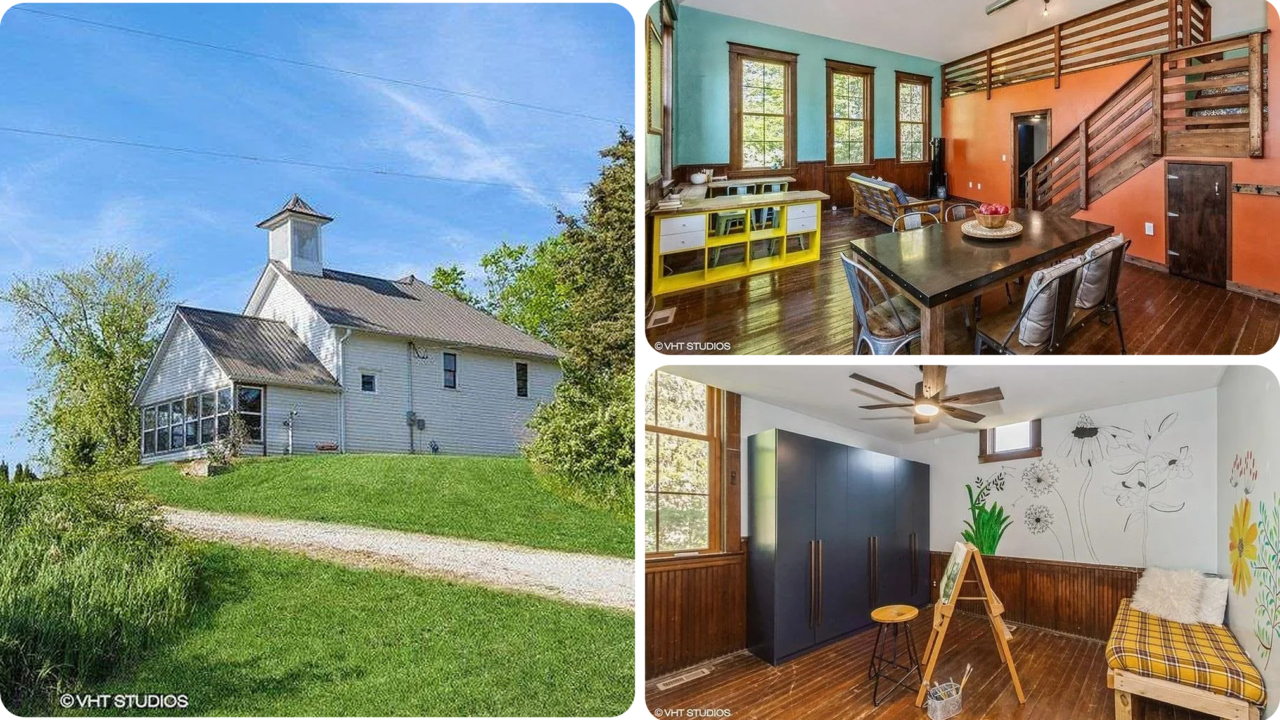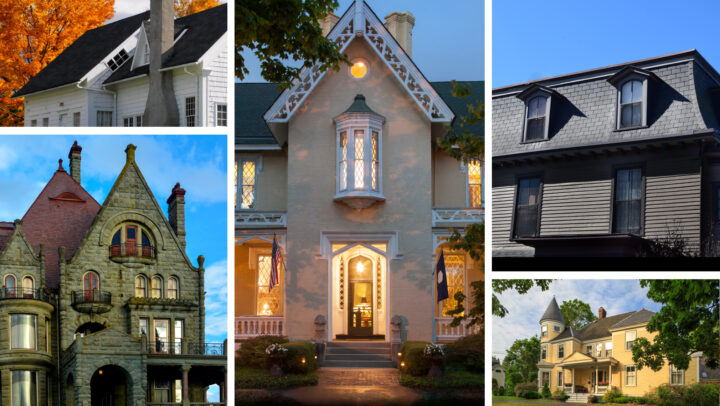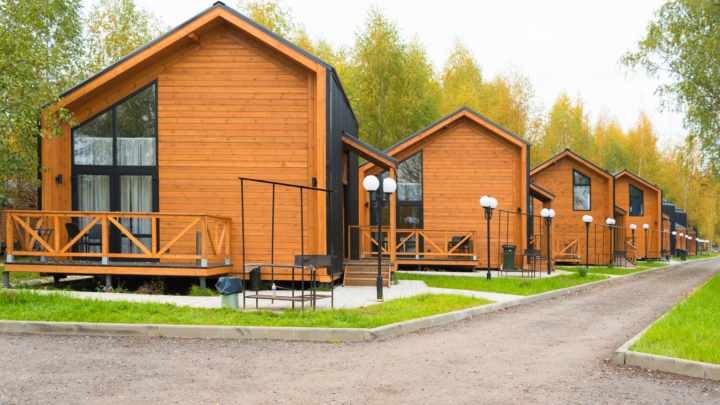Quiz: Can You Name This Vernacular Architectural Style?
What is vernacular architecture, you ask? From the Trinity to Shotgun houses, step into the world of vernacular housing.
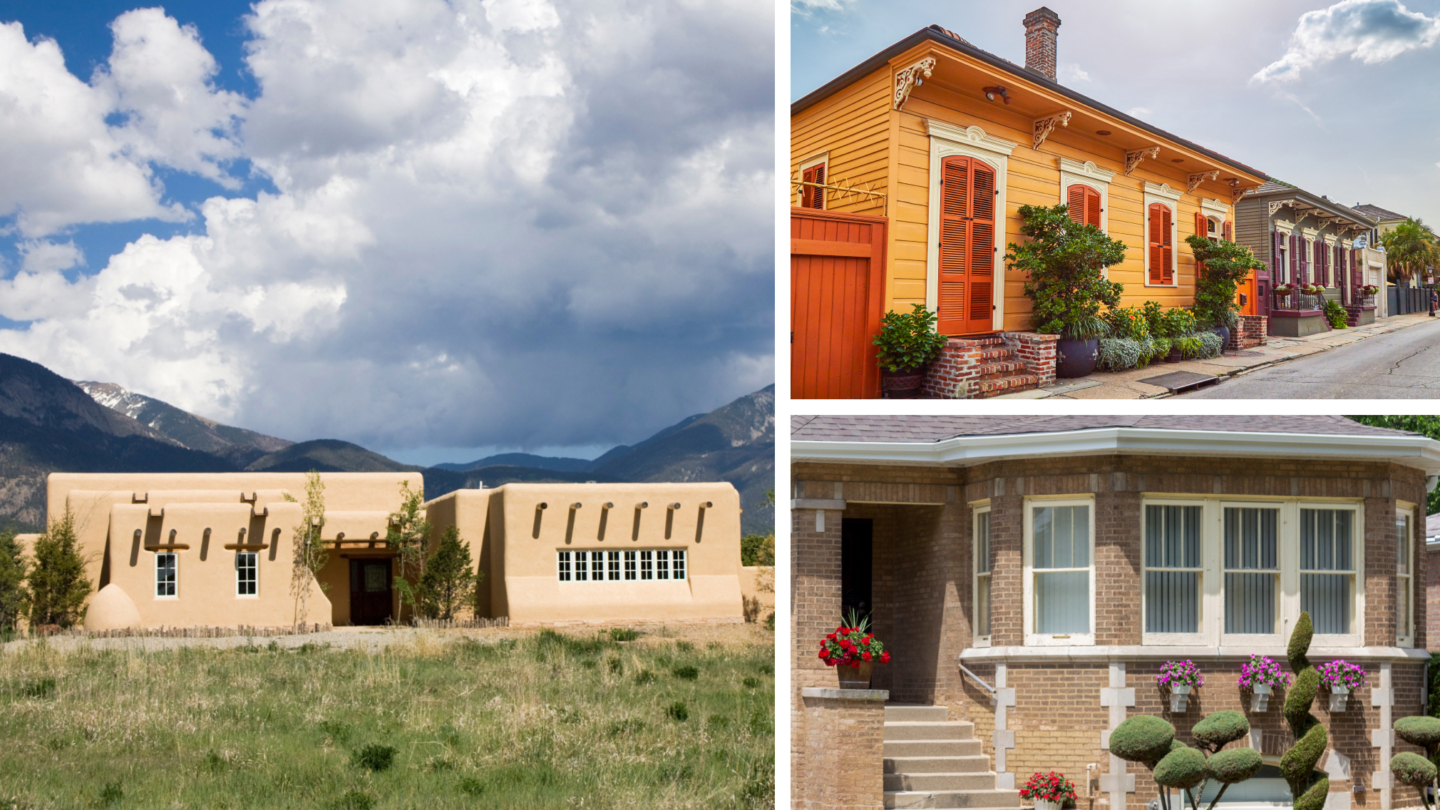

Written by May Ortega on June 15, 2025
The word “vernacular” typically applies to language. It’s the slang and regionally specific way that locals speak in their part of the country. Vernacular housing is the physical incarnation of that: a specific style of architecture unique to a specific part of the country, like Chicago bungalows, which should have a grouping of windows called bungalow bays, sitting on limestone sills.
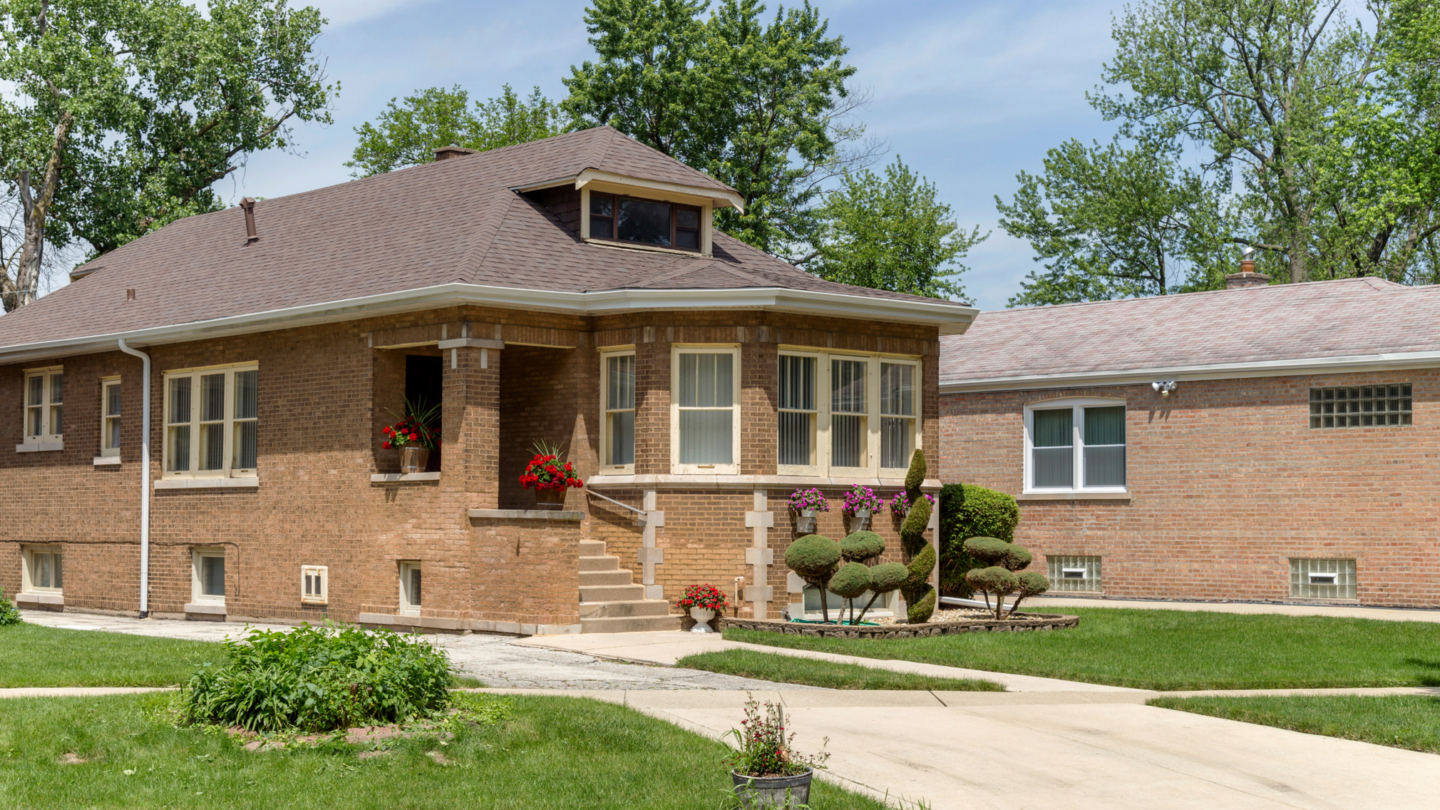
The history behind most vernacular housing is rich and deep, often born from people immigrating to a place and making it their own, colonizers taking inspiration from the existing residents, and folks adapting to the climate or building codes of their city.
Now, a single home that’s built in a less-common style in a random city does not mean it’s vernacular architecture. “Vernacular” means local or regional, like the Steamboat Gothic architecture that dots the southern U.S. If there are many homes constructed in the same unique style in the same city — to the point where the city is known for that style — that is vernacular housing. Another trademark of vernacular housing is that it’s usually built by the people, for the people to house themselves and each other, instead having architects and big businesses to do the work.
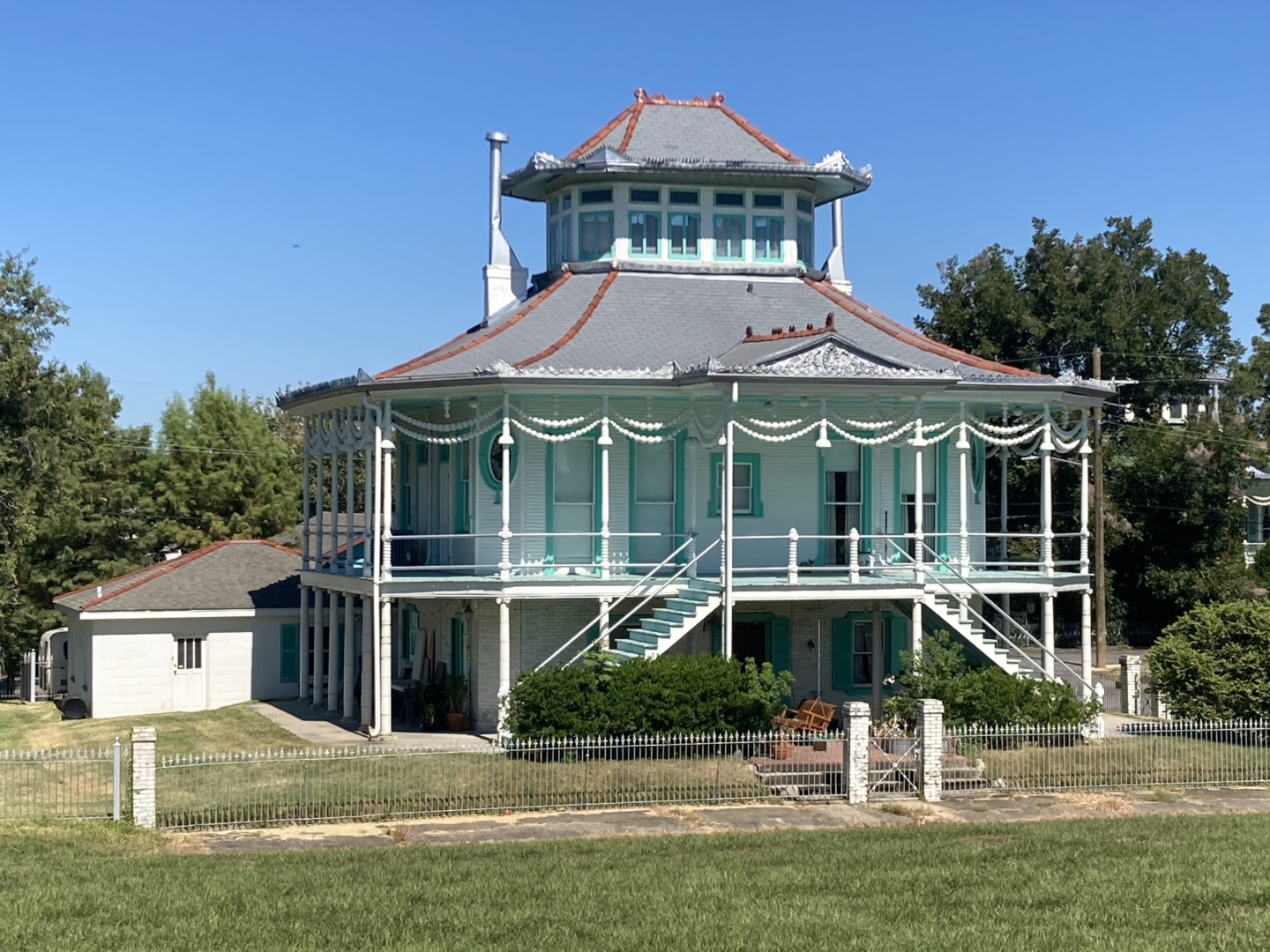
While you may just now be getting familiar with vernacular architecture (you’re welcome), you may already know of some vernacular housing, like the colorful, deep, and narrow Shotgun design that’s popular in New Orleans. That being said, maybe you are more familiar with vernacular architecture than you think. So, we’re going to quiz you on it right now.
How much home can you afford?
At Zillow Home Loans, we can pre-qualify you in as little as 5 minutes, with no impact to your credit score.
Zillow Home Loans, NMLS # 10287. Equal Housing Lender
Get pre-qualifiedA great agent makes all the difference
A local agent has the inside scoop on your market and can guide you through the buying process from start to finish.
Learn more